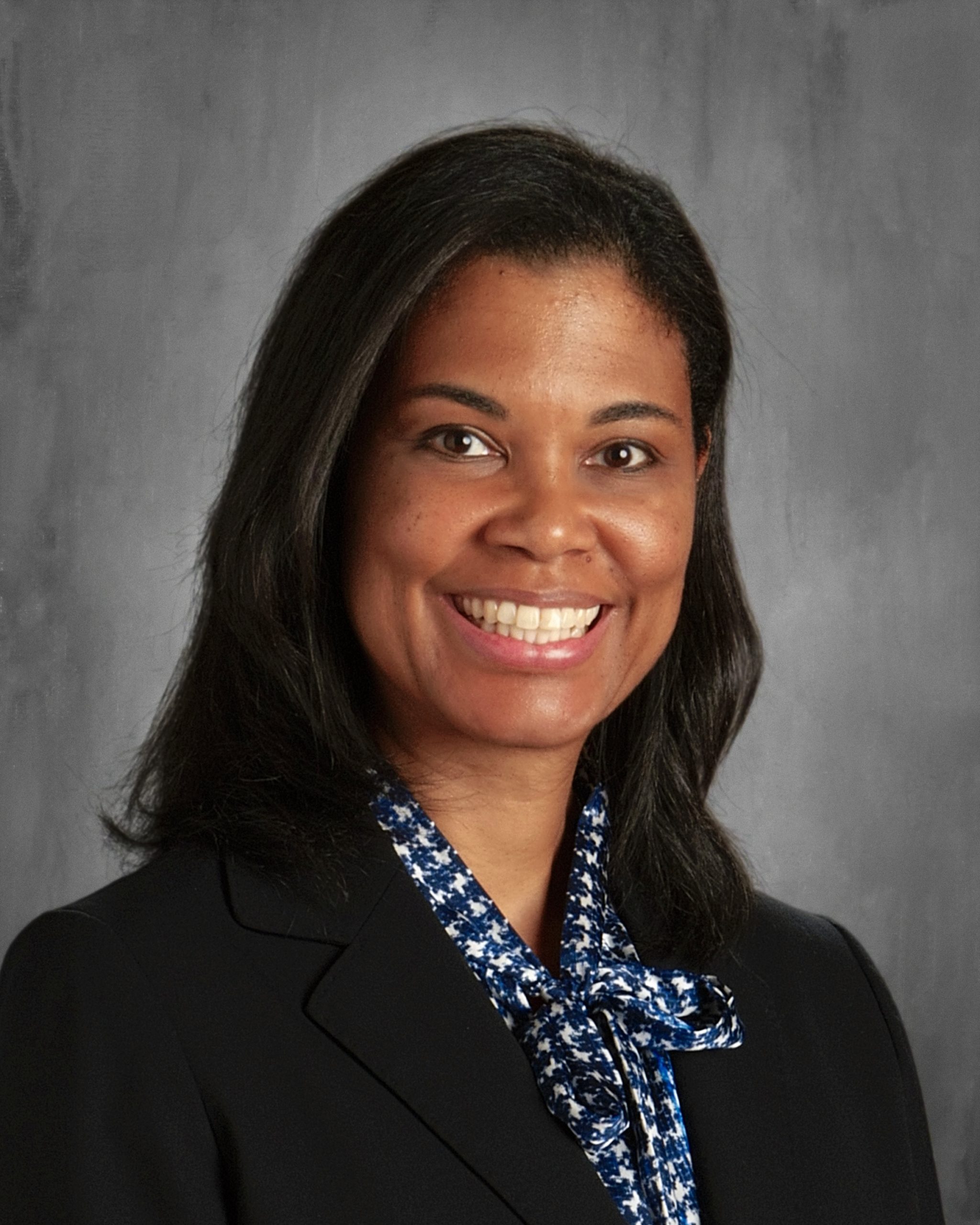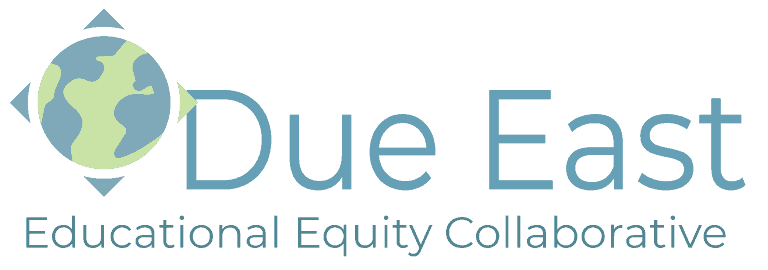Sunday Morning Reflection
It reoccurred to me the other day that the more time American people spend in activities that are polarizing, the less time there is to spend on activities that build our collective future. As educators we have a distinct responsibility and the special privilege of helping build our collective future.
If we don’t invest in high quality preK-12 education and out of school time programming for all students, then we lose the capacity to collectively strengthen our democracy, to grow our tax base, to improve our health and quality of life, and to grow and strengthen our national and global partnerships.
If we don’t invest in learning about our cultures and our traditions, then we weaken our efforts to become one people, people who can acknowledge and respect our cultural diversity and people who can find common ground and unite across our differences. We lose the opportunity to leverage the strength of our diversity, the very thing that defines us as American people and fuels our creativity and innovation. “Out of many, one”
If we don’t take steps to protect our air, soil, vegetation, and wildlife, then we lose critical habitat. We are a species and critical habitat is important for all of us.
I do believe that American people love their country and when crisis hits, we put aside our differences and we work together. That is our pattern. We do this for our fellow citizens and we do this for our global partners.
If we engage in polarizing activities, we may create and grow a crisis and then we will spend time together attending to that crisis. This will, however, detract from time we could be spending together building something better for ourselves, our families, our country, and our world.
I propose that we do an individual and organizational time audit this week to determine where we spend our time and energy and reflect on the following questions:
- Is what we are doing right now adding value to our lives, our families, and our communities?
- Is what we are doing right now increasing our capacity to care for ourselves and each other, our families, and our communities?
- Is what we are doing right now increasing our capacity to effectively engage with those who have different life experiences and who hold different perspectives?
- Is what we are doing right now challenging us to be more compassionate and more courageous?
The things that we are doing right now often focus on day to day survival and yet we still manage to add value, extend care, grow our courage and compassion and build bridges of understanding.
I wonder what would happen if we collectively developed a set of common behavioral practices that simultaneously focused on the immediate and that added to our common good, keeping in mind that the very things that are good for us are also good for those we perceive to be different from us, which is ultimately good for all of us.
This would also require us to honestly reflect on the following question:
When we hold out our hand, is it to give or is it to take?
Imagine if, during this era of COVID-19, we invited young people to investigate and to deeply reflect on the aforementioned questions and then to develop and to share a set of behavioral practices that they believe will build our collective future as Americans and as global citizens.
A learning experience like this will help them to see a bigger picture and to also to see how the issues that are important to them fit into that bigger picture all the while practicing key skills for intellectual and social-emotional development. The image that comes to mind is of numerous small streams converging into a large and flowing river.
At the preschool & elementary levels, we could see children having a conversation whereby they can identify metaphors for describing their learning process and their relationships with classmates. Are they in a pond where there is no challenge or no communication, a swamp where they are stuck, a stream where they are practicing their skills and developing relationships, or a mighty river, where together, they are paddling a big canoe or whitewater rafting and taking on bigger challenges?
At the middle school level, we could see students making connections between how they spend their time and who they want to become. When and how do students get stuck and feeling alone in a swamp or stagnant in the cliquish comforts of a pond? What skills do they need to practice to venture into the river, knowing that the conditions are ever changing and that everyone has something that is needed and valued to navigate the currents and rapids?
At the high school level, we could see students actively engaging in dialogue about living together in a democracy. Knowing the limits of both the pond and the swamp and the oppressive feelings of being stuck or at odds with life’s conditions, they may spend more time critiquing and improving the river itself or even building canals to expand access to other rivers, lakes, or seaways.
America’s school children have time to spend together imagining and building something better, something ready for the river and even the ocean and quite possibly Mars!
Where are we spending our time this week?
Is what we are doing adding value, showing care, helping us to become more compassionate and courageous, and helping us to bridge across our differences?
When we hold out our hand is it to give or is it to take?
Where do we need to be spending our time to build our collective future? Do we understand the role our school children play in our efforts? Do we have the vision to imagine something better and the courage, discipline, and stamina to make it a reality?
If we can come together during a crisis, we can certainly come together to do something better and more life giving with our time, the minutes and hours of our lives.
–Regina Seabrook, Equity Program Specialist at Equity Alliance MN


